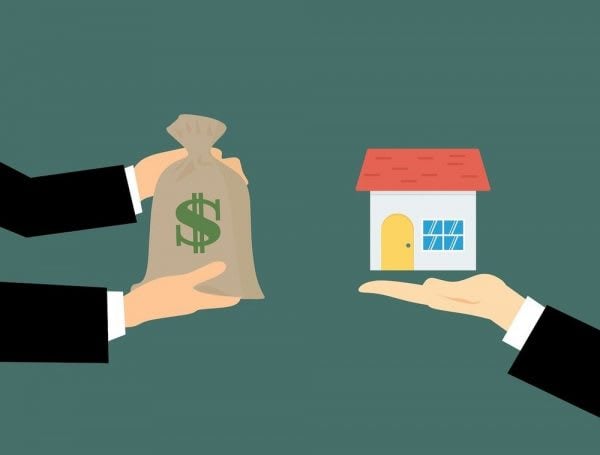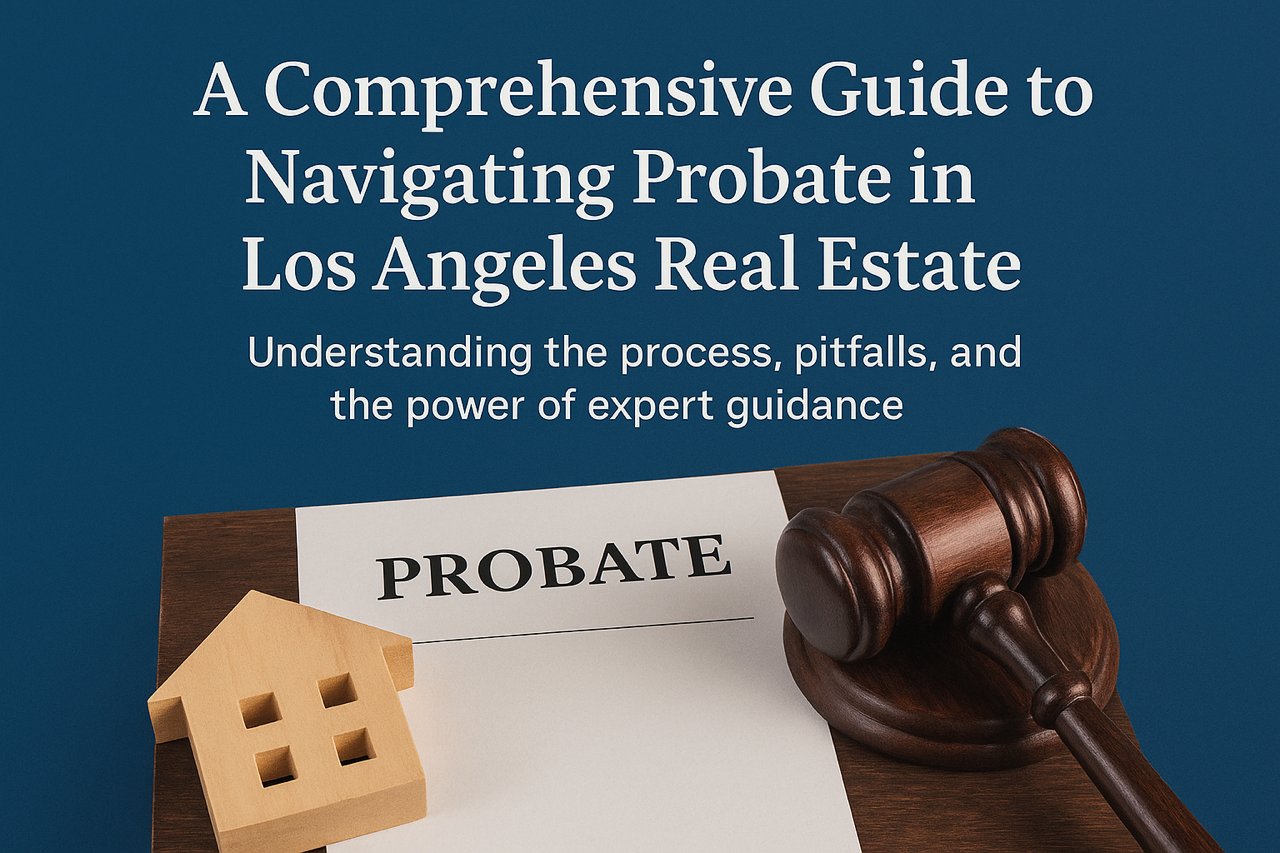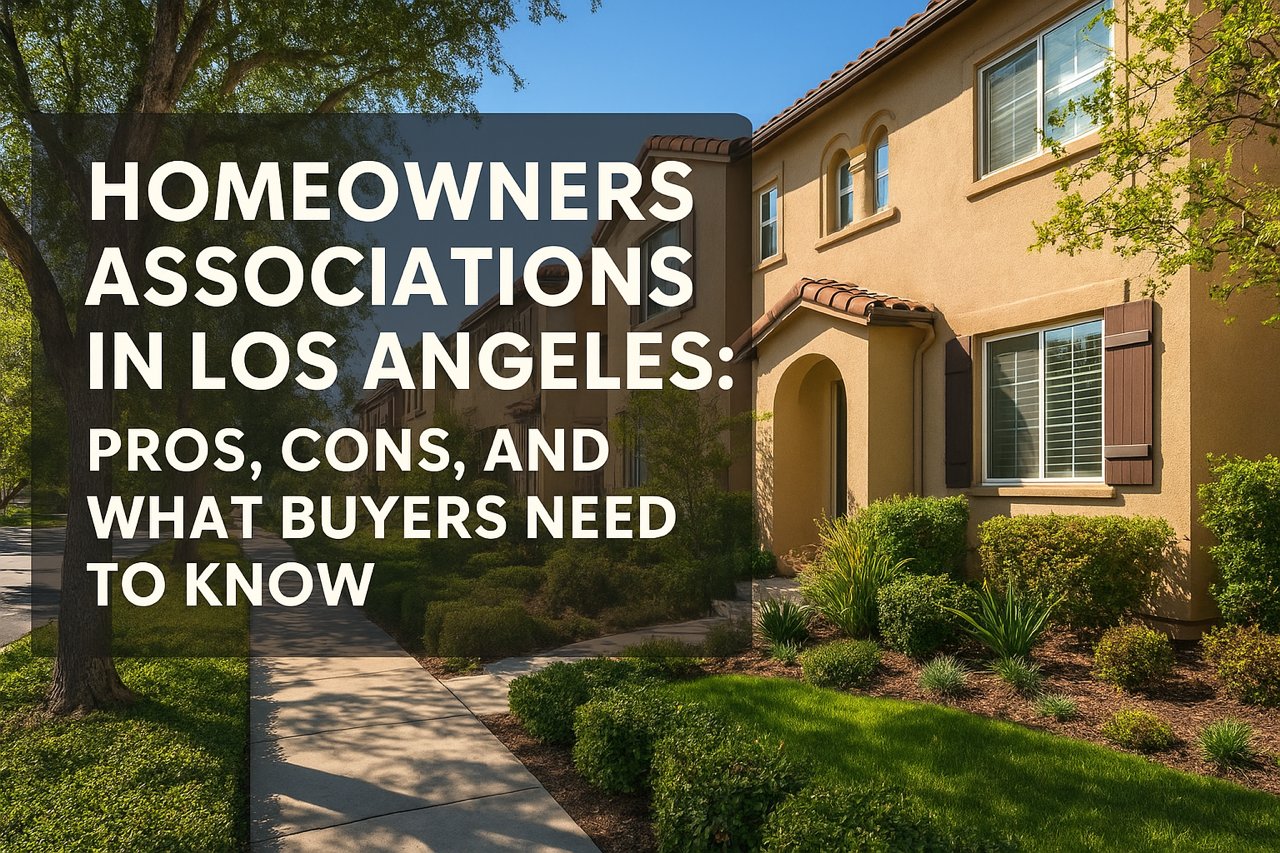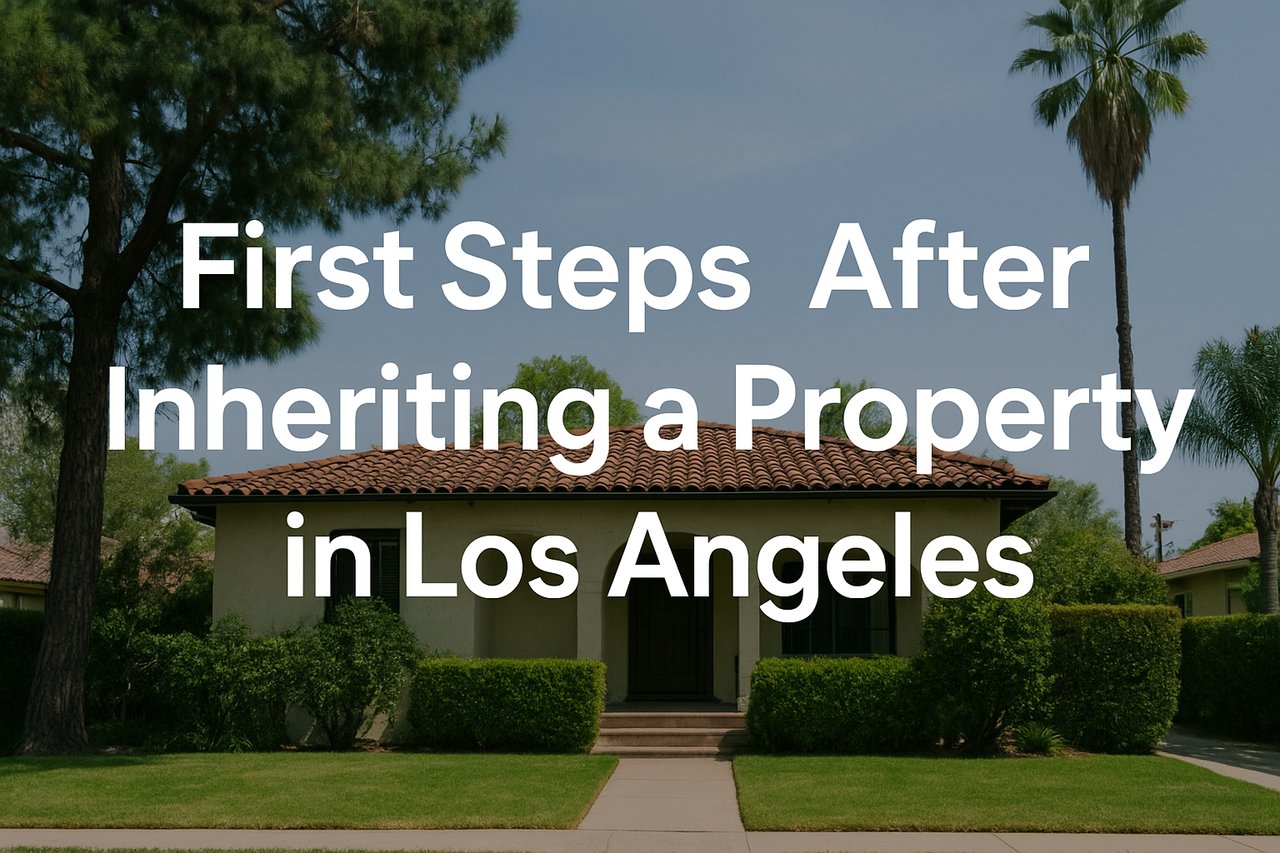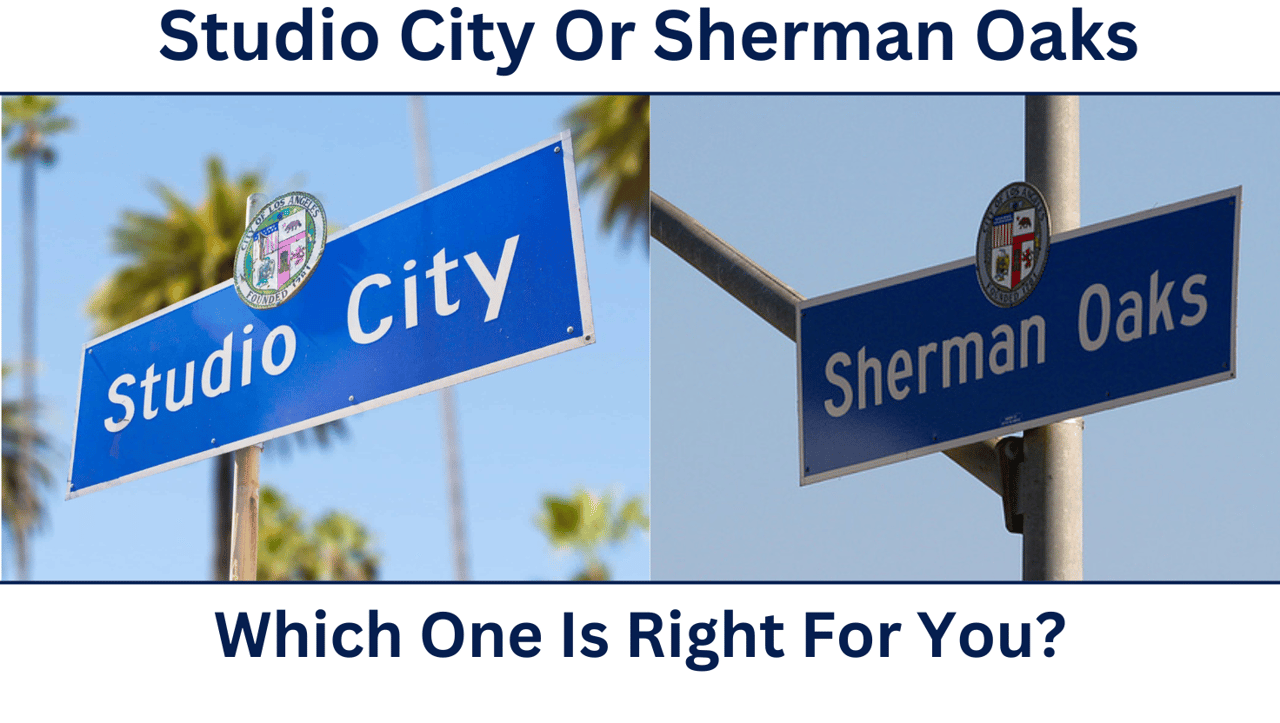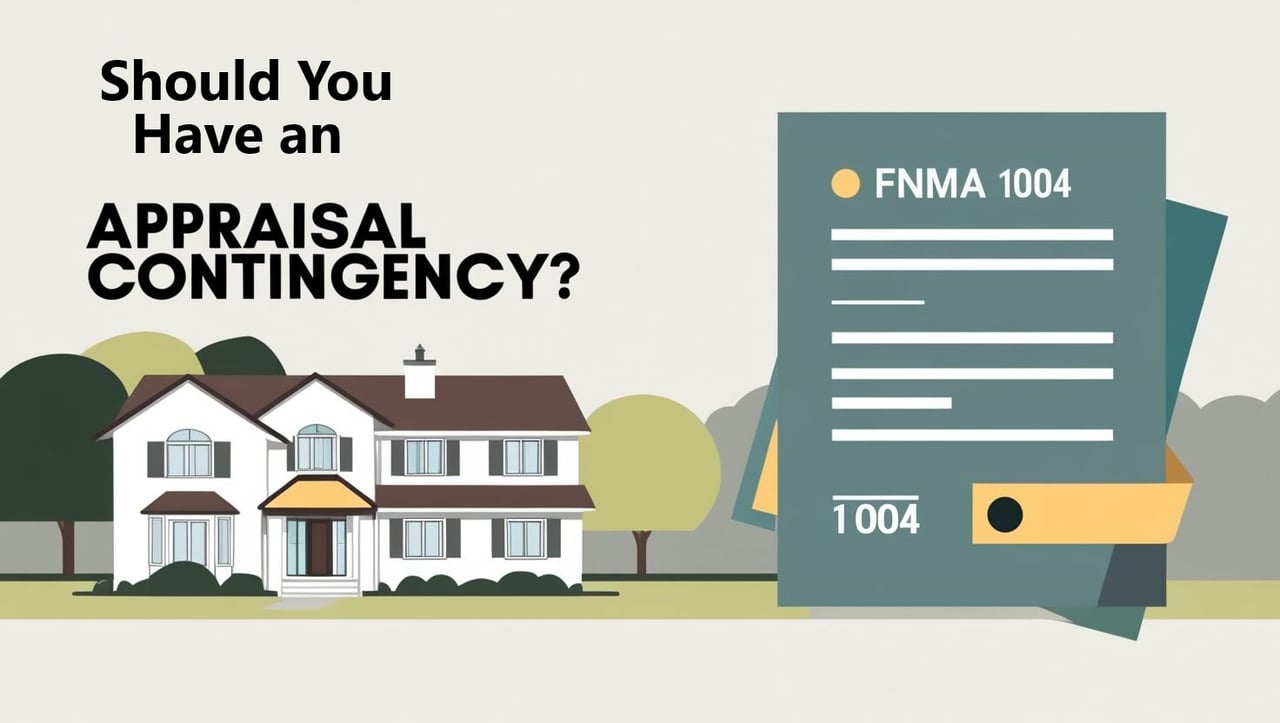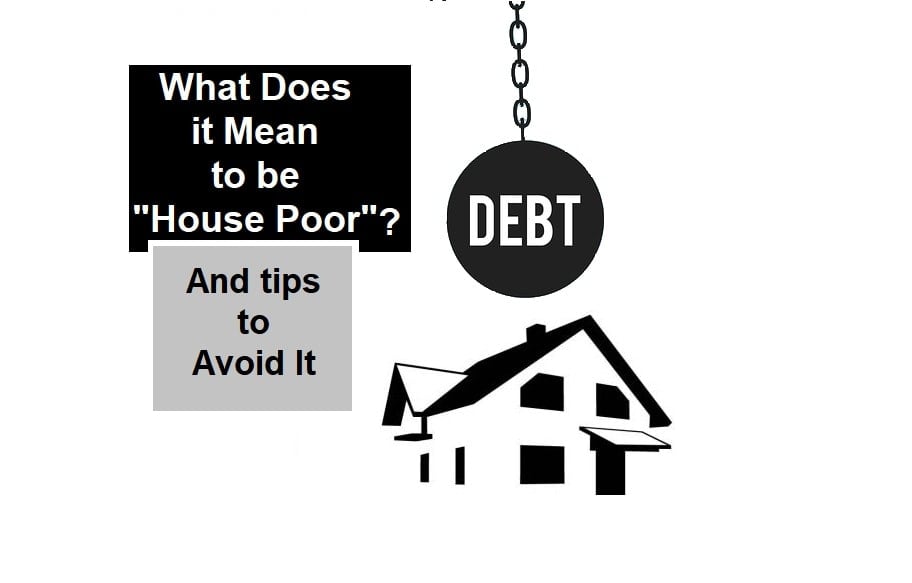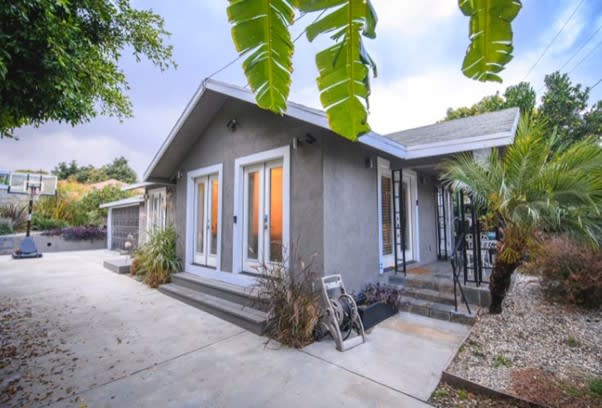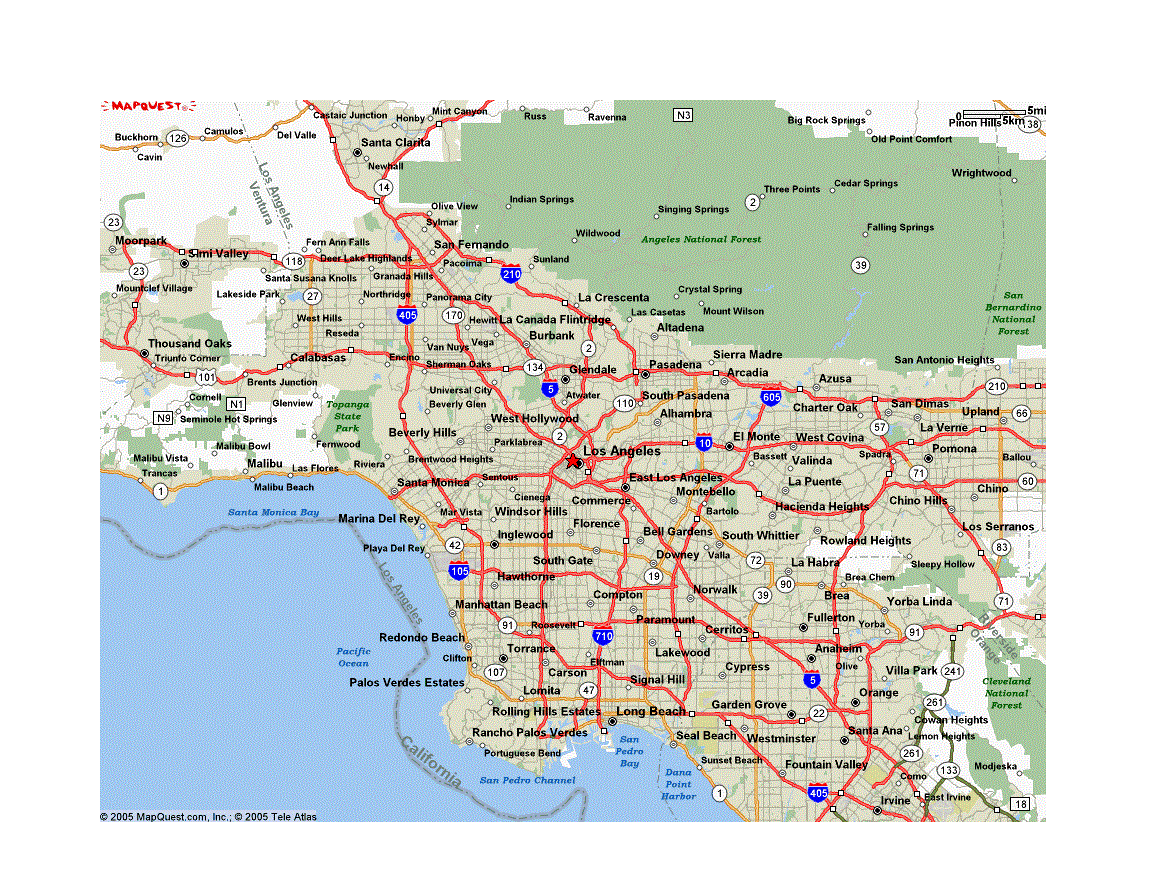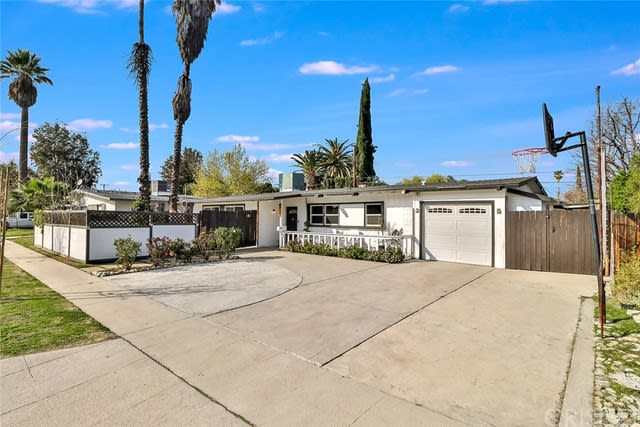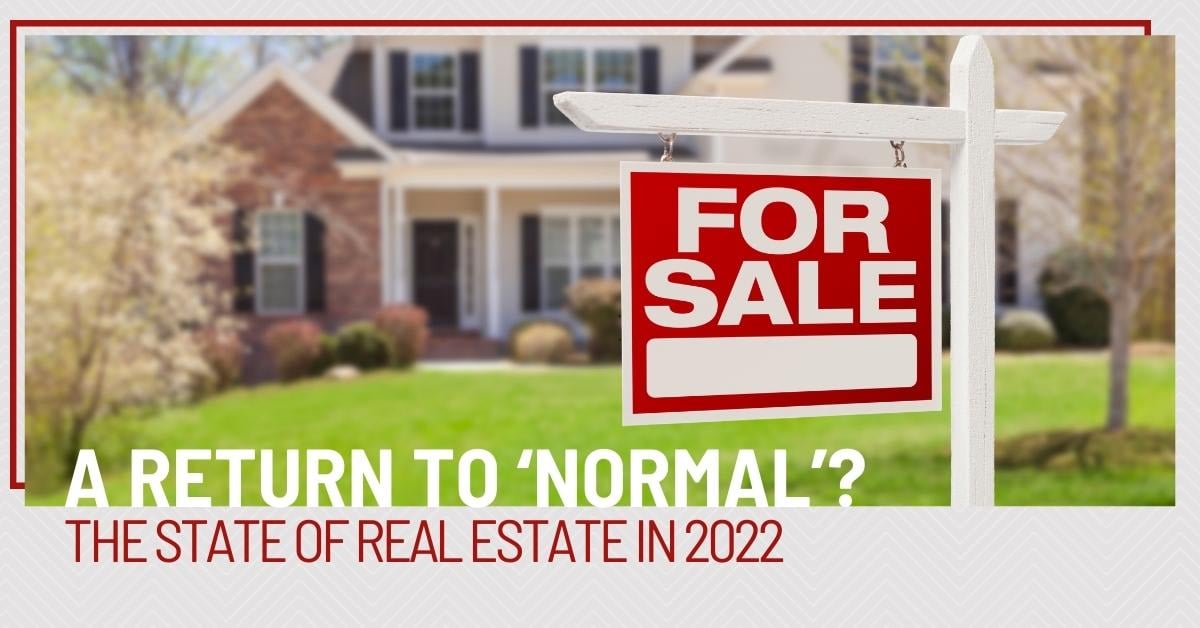The Road Map to Financing Your Home Purchase
At the very beginning of the home buying process, when a buyer is financing their home purchase, they might get prequalified or pre-approved. It’s certainly a good idea to do so. Kind of a must, actually. This should be the first step before even looking at any homes.
Pre-approved is way better than prequalified. How “way better” is up to you.
Here’s why - It’s best to know, for sure, what you qualify to buy before you start dreaming and have surprises pop up later.
When someone is prequalified, it basically means that a conversation with a mortgage lender has happened. One would assume that it was a very detailed conversation, but that’s not necessarily the case. Most, if not all, information is generally completely unverified or documented.
When someone is pre-approved, that means that their credit report has been received and the information has, at least, been minimally documented. There are numerous versions of pre-approval that, as a mortgage consumer, you’ll potentially find. There’s countless mortgage lenders and they each tout the type they offer, often by a branded name. A “verified”, “fully verified” or documented pre-approval means that all of the homebuyer/borrower’s up-front documentation has been received and reviewed by the lender/loan officer. (1)
Sometimes the pre-approval can be an underwritten pre-approval, meaning that all of the documentation provided has been reviewed by an actual underwriter and the underwriter has checked all the boxes and issued the pre-approval. Underwritten is, of course, the very best variation of a pre-approval. But it’s still a pre-approval.
"Believe in Yourself (and believe in aliens)"
What do aliens have to do with the home mortgage financing process?
Why it’s a “pre-approval” is because a home hasn’t been found yet. A complete and full mortgage loan application requires a property address. (2) There’s an acronym for what constitutes a loan application and starts a regulatory lender clock ticking as far as when disclosures are due to the borrower. That’s A.L.I.E.N.S.
- A – Address of the subject property
- L – Loan amount requested
- I – Income of applicant
- E – Estimated value of mortgage loan application
- N – Names of borrowers
- S – Social Security Number
The “A” stands for “address of the subject property”. Since a property has not been found yet and there’s not a complete loan application, the approval, at that time, must be a pre-approval; Hence, the “pre”. It’s kind of funny that absent the “A”, the acronym for what’s needed for a pre-approval is “liens”.
The complete mortgage application is now beyond the pre-approval phase once the property is added into the mix
Once a property is found, all of the information in the acronym are present, and the pre-approval becomes an actual pre-approved mortgage application. Or a full and complete application. When this happens, mortgage disclosures are generated, documentation is updated (if necessary), and an appraisal is ordered by the lender. The complete mortgage application is submitted through the mortgage lender’s processing team to their underwriter. If and when that mortgage application is approved by the underwriter, the underwriter will likely assign some conditions of the approval. For example, it could be that the loan is approved as long as the borrower can provide an explanation for a $10,000 deposit to their checking account about a month ago and document the source of those funds as well as that the property has to appraise for the purchase price. There can be numerous conditions that can be placed on a conditional approval. The conditions are specific to each borrower's unique scenario. They can be quite granular. The conditions of a conditional approval must be assessed upon receipt of the conditional approval or commitment letter, as it’s sometimes known. When a buyer is purchasing a home, many times receipt of the conditional approval coincides with when the loan contingency is scheduled to be removed. If the conditions are easily fulfilled, one would likely remove their loan contingency. If, however, there’s some difficulty in providing or fulfilling one (or more) of the conditions, it might be a good idea to request an extension of time for the removal of the loan/financing contingency in your transaction.
Clear to Close!
As quickly as the conditions can be fulfilled dictates how quickly the clear to close can be achieved. Clear to close is simply when all conditions have been received, reviewed and signed off by the underwriter and there are no more remaining conditions. Easy-Peasy! Loan approved = done zo!
Choosing the right team, up-front, can make the path from initial discussions to clear to close a much easier process. When you select a loan officer and select a real estate agent, you're assembling that team to get you to the finish line. Indeed, it's not always about the best rate, when selecting a lender.
When taking things to the next level, get in touch with me. Having a local buyer's agent with the knowledge and experience that I have, I promise you, is a very good thing!
Additional questions are: ---
Can a mortgage be denied after conditional approval? --- Yes. If any of the conditions cannot be fulfilled or satisfied otherwise or an exception cannot be approved, then a mortgage could be declined after a conditional approval has been issued. Let’s say a borrower loses their job a day or two after being conditionally approved for the mortgage. That’s a big problem and their mortgage could be declined.
How long does underwriting take after conditional approval? --- As long as it takes to collect conditions from the borrower, the title company, the appraiser and possibly third-party verifications, if necessary. After all of the conditions are obtained, the second (and hopefully final) pass through underwriting may take 24-72 hours, depending on available capacity.
How long after conditional approval is closing? --- Depends on how long it takes for the lender to obtain the requested items (conditions) from the borrower, the title company, appraiser or third party.
Once the clear to close is issued, though, it depends on when the borrowers initial closing disclosure (I.C.D.) was generated and received by the borrower. There are regulatory requirements around that and when closing can be scheduled. Aside from that, though, the lenders closing department generally takes between 3 to 5 business days to balance the file, generate loan documents and close the transaction following the clear to close.
If you want to get your financing closed within the fastest possible timeframe and your financing is a conventional loan, I can provide a documentation checklist to utilize up-front. Talk through it with your loan officer as not all line-items apply to everyone. For instance, if you’re not self-employed, you likely don’t have K1s or 1120s business tax return. On the other hand, if you are self-employed, you may not have W2s. There’s quite a lot of “if this, then that” related to mortgage lending. This checklist is a great guide, though, when it comes to the art form of putting together a fully documented complete loan application for a conventional mortgage with a bank, credit union or mortgage company.
